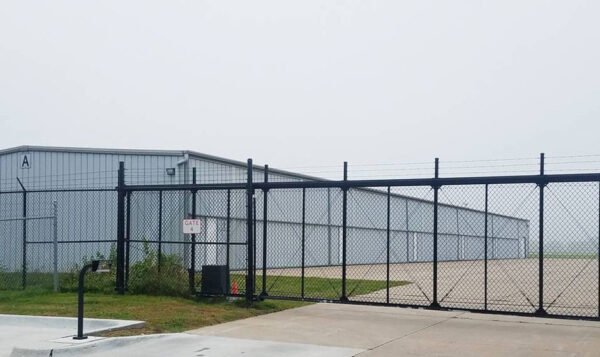How To Ensure Safety and Efficiency in Farming With Livestock Handling Equipment

Livestock handling equipment plays a pivotal role in modern agricultural practices, significantly impacting the safety and efficiency of farm operations. From chutes and squeeze crushes to headgates and sorting systems, these specialized tools are designed to facilitate the humane and stress-free handling of farm animals. In this article, we delve into the significance of livestock handling equipment, exploring its various types and the positive influence it has on both animals and farmers.
The Importance of Proper Livestock Handling
Effective livestock handling is essential for numerous reasons, including animal welfare, farm productivity, and the safety of farmers and farm workers. Stress-free handling reduces the risk of injuries to both humans and animals, creating a calmer environment that promotes better overall health for the livestock. Furthermore, efficient handling procedures can significantly enhance the productivity of farming operations by reducing animal stress-related issues, improving reproduction rates, and ensuring the production of high-quality meat and dairy products.
Smart Cattle Gates
Integrating technology into cattle gates enhances their functionality. A smart cattle gate equipped with sensors and automation provide real-time data on animal movement. Farmers can monitor and control gate operations remotely, ensuring that the movement of livestock is optimized and stress-free.
Chutes
Chutes are narrow, enclosed passageways used for restraining animals during various procedures such as vaccinations, tagging, and medical treatments. Well-designed chutes allow for safe and controlled movement, minimizing stress on the animals.
Squeeze Crushes
Squeeze crushes are devices that gently immobilize animals, providing them with a feeling of security during procedures. These devices are particularly useful for examinations, hoof trimming, and administering medications. They prevent sudden movements, ensuring both animal and handler safety.
Headgates
Headgates are mechanisms designed to hold an animal’s head still, allowing farmers to perform procedures like ear tagging, vaccinations, and dental work. Proper head restraint ensures precise and secure handling, minimizing the risk of injury to both the animal and the handler.
Sorting Systems
Sorting systems are used to direct animals into specific pens or chutes based on various criteria such as size, weight, or health status. These systems reduce the need for physical handling, making the process more efficient and less stressful for the animals.
Loading Ramps
Loading ramps are inclined pathways that guide animals onto trucks or trailers for transportation. Well-constructed ramps prevent injuries and encourage smooth movement, ensuring that animals board vehicles safely and without hesitation.
The Impact of Modern Livestock Handling Equipment
Modern livestock handling equipment incorporates advanced design principles and materials, prioritizing animal welfare and ease of use. Hydraulic and pneumatic systems have replaced manual mechanisms, allowing for precise control and minimizing sudden movements that could distress the animals. Additionally, these systems are often equipped with non-slip flooring and curved edges to prevent injuries and reduce stress.
Furthermore, the implementation of low-stress livestock handling techniques, coupled with efficient handling equipment, has led to improved animal behavior. Calmer animals are more manageable and less prone to stress-related health issues, resulting in higher productivity and better overall farm management.
Safety Measures and Training
While sophisticated handling equipment plays a crucial role, proper training of farm personnel is equally important. Farmers and farm workers need to understand the behavior of the animals they handle, as well as the correct usage of handling equipment. Regular training programs ensure that individuals working on farms are equipped with the knowledge and skills necessary for safe and effective animal handling.
Conclusion
Livestock handling equipment stands at the intersection of animal welfare, farm efficiency, and human safety. Its evolution from manual to modern, advanced systems has significantly improved the way farm animals are managed, reducing stress, preventing injuries, and promoting healthier and more productive livestock. By investing in the right handling equipment and providing adequate training, farmers are not only ensuring the well-being of their animals but also enhancing the overall sustainability and success of their farming operations. Proper handling techniques, coupled with advanced equipment, create a harmonious environment where animals thrive, and farmers can carry out their work with confidence and efficiency, making a significant impact on the agricultural landscape.



